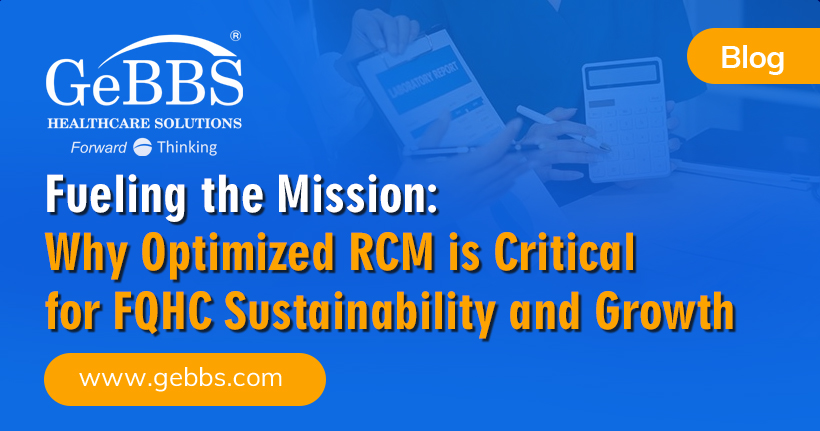By Nitin Thakor, GeBBS President & CEO
I was struck by recent article in the New England Journal of Medicine Catalyst entitled: “How Multi-Specialty Hubs Fill a Major Gap in the Care Continuum.” The article brings out a fact that all of us in the healthcare industry need to take to heart, and that is: how can we “think outside of the box” and take advantage of the resources we presently have and use them to improve care and reduce costs.

Kaiser Permanente has done just that. They have pioneered a model that incorporates multispecialty hubs integrated with office-based primary and specialty care and traditional emergency department functions to improve clinical care, increased access and lower costs compared with the traditional model of medical offices and community hospital EDs.
Kaiser Permanente, Mid-Atlantic States (KPMAS) began the new concept in 2012 with five full-service medical buildings, each of which serves about 100,000 patients in Virginia, Maryland and the District of Columbia.
The assumption was that about nine out of 10 patients who normally would have been treated at hospital EDs could receive appropriate treatment at a hub able to provide advanced medical, diagnostic, imaging and surgical services across multiple specialties. Mental and behavioral health services also are available. Patients can stay in the hub up to 23 hours if necessary before being discharged.
Since the hubs are smaller than hospitals, construction costs are one-fifth those of hospital construction, an official stated in the article. The hubs are located next to large, multispecialty medical offices. If hub patients must be hospitalized, they bypass an ED and are admitted directly to one of Kaiser Permanente’s partner hospitals.
Both hospital days and ED visits per 1,000 members have fallen 23 percent since the inception of the hub concept. The hub model also offers the potential for newly formed accountable care organizations (ACO) to expand and fill in a crucial missing piece in the care continuum.
A hub model of care solves many problems, providing complex and urgent care 24/7. This is the kind of thinking we all need to employ as we strive to improve healthcare delivery, while holding down costs.





